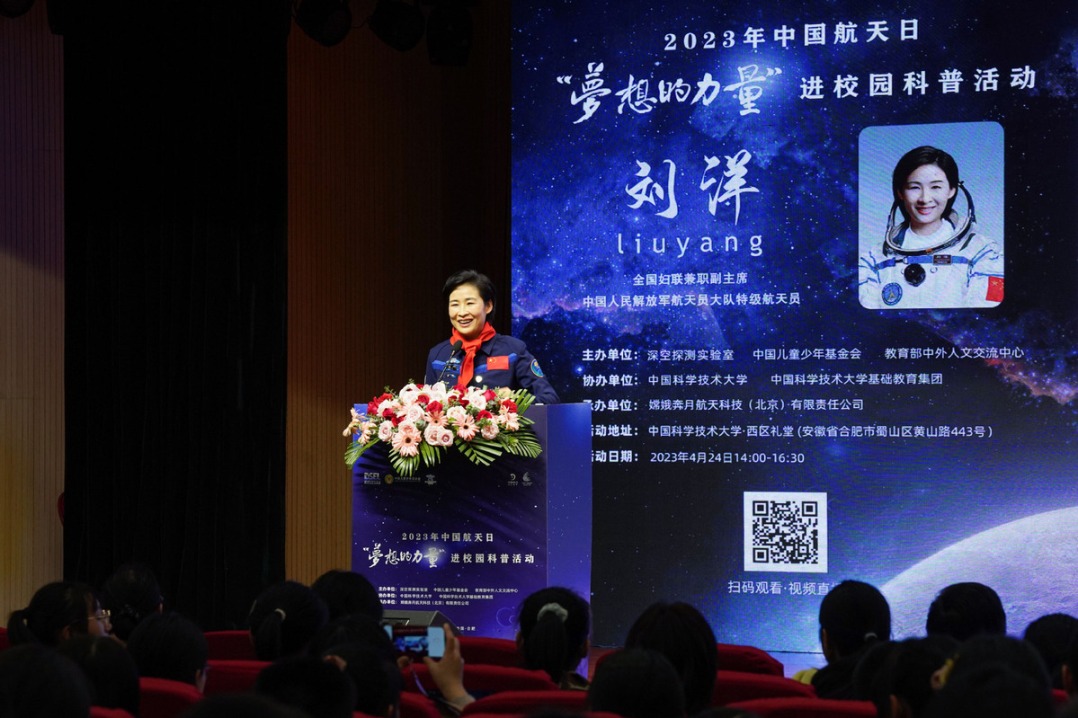Tariff truce gains time for talks although some tough issues remain to be resolved: China Daily editorial

A joint statement on the China-US economic and trade meeting held in Stockholm was issued hours before a trade truce between Washington and Beijing was due to expire on Tuesday.
Although it came two weeks after the Sino-US trade talks in the Swedish capital concluded on July 29, the extended truce should be seen as the latest outcome of the two sides' efforts to implement the important consensus reached by the two heads of state during their June 5 telephone call. It is a concrete result of their economic and trade consultations in Stockholm after the two sides' dialogues in Geneva in May and London in June.
China will continue to suspend its tariff hike for 90 days, starting Tuesday, while retaining the 10-percent duty. It will also take necessary measures to suspend or remove nontariff countermeasures against the US, according to the statement.
Hours later, China announced that it has continued to suspend the unreliable entity list measures put in place on April 4 for an additional 90 days, and it will remove the measures announced on April 9 on certain US entities, effective from Tuesday. Notably, the extension until early November also accommodates the US' seasonal surge in imports for the Christmas season.
US President Donald Trump signed an executive order on Monday extending the suspension of tariffs on China for another 90 days. The order not only recognized the "significant steps" China has been taking but also expressed the US side's readiness to continue to "have discussions" with China to address their trade differences.
All these are signs of the two sides sustaining their common understanding that they need to continue talking in the spirit of equality and respect for each other's concerns. The extended trade truce buys time for the two countries to work out some of their differences in not only trade but also some other fields, and it has thus been welcomed by the parties hoping to see Sino-US ties' steadying.
As Sean Stein, president of the US-China Business Council, told the media, the extension is "critical" to give the two governments time to negotiate a trade agreement that US businesses hope will improve their market access in China and provide the certainty needed for companies to make medium- and long-term plans.
It is the demonstrated willingness of the two sides to settle their trade differences through dialogue and negotiation that has served to meet hopes that they will be able to handle their trade differences in a responsible way through appropriate means. After imposing astounding three-digit tariff rates on China that left Beijing no choice but to fight back, "The US has realized it does not have the upper hand,'' Claire Reade, senior counsel at Arnold & Porter and former assistant US trade representative for China affairs, told the Associated Press.
But there remains a lot of work to be done if the two sides are to reach a comprehensive and fair trade deal. Not to mention that the US side needs to stop putting new obstacles in the way, such as its so-called "secondary tariffs" that it has justified citing China's normal trade with Russia and its exploitative approach to high-tech trade with China, as well as its embedding of China-related articles in its trade talks with third parties.
The Italian government reportedly wants to reduce or cancel Chinese stakes in a series of key Italian companies including Pirelli, Ansaldo Energia and CDP Reti, in order to avoid problems with the US. Similar concerns have been expressed by the European Union, Southeast Asian countries and other major trading partners of China. But as the Chinese Foreign Ministry spokesperson Lin Jian said, China-Italy investment cooperation is mutually beneficial and never targets any third party, nor should it be disrupted by any third party.
This is true of China's cooperation with any other economy.
The US is leveraging tariffs to try and eat the bread of both sides it has battered — China as well as the US tech companies trading with China, especially those in the semiconductor industry. Earlier, the US administration confirmed an unprecedented deal with Nvidia and AMD, which have agreed to the US government taking a 15 percent cut of the revenue from sales of some chips in China.
There remain many tough knots to be untangled, and tensions might continue for a long time. The US side should recognize that its economic and trade consultation mechanism with China is a means to help the two sides settle differences and stop putting unbearable weight on it. Dialogue and cooperation remain the correct choice for the two countries to ease the damaging trade frictions between them.


































